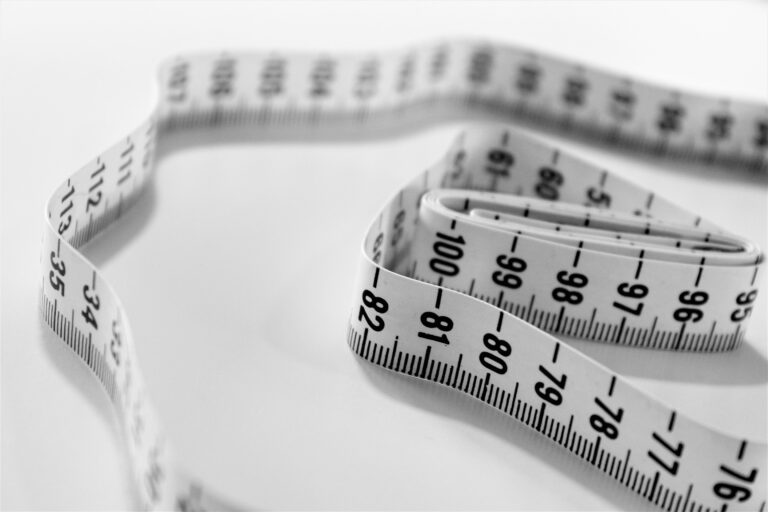
Current subject matter eligibility jurisprudence is often criticized for increasing uncertainty. However, this raises the question: how can we measure uncertainty to know that it has increased? Until very recently, I thought that the uncertainty criticisms were based on conflating uncertainty with incomprehensibility. I always thought this was wrong, since the two are different concepts. That is, I felt it was relatively easy to predict whether an invention would or would not be treated as ineligible, but that the justifications given for the eligibility/ineligibility determinations were basically gibberish. Recently though, I learned that the patent office purported to have a quantitative measurement of uncertainty for subject matter eligibility, and so I decided to take a look.
In an article published in April of 2020, the patent office quantified uncertainty as a measurement which would be made on the level of individual U.S. patent classes, and defined the uncertainty for any particular class as that class’s inter-examiner variance in proportion of first office actions which included subject matter eligibility rejections. While I applaud this effort to make some kind of objective evaluation of uncertainty, I think an inter-examiner variance-based approach is fundamentally flawed, because it ignores the fact that any rejection based on subject matter eligibility is a sign of underlying uncertainty. To illustrate, consider an example of a subject matter eligibility question where there really is no uncertainty: whether you can patent a literary work. In this case, the answer is clearly no, and the result is that authors protect their literary works with copyrights, not patents. This is only to be expected. Preparing, filing, and prosecuting a patent application is an expensive and time-consuming proposition, and so, if something clearly can’t be patented, people (assuming they are constrained by time and/or money) won’t try to patent it. Thus, even if the proportion of applications treated as ineligible is consistent across examiners, every application treated as ineligible represents a case where two people (i.e., the examiner and the applicant) operating in good faith came to different conclusions when applying the same rules, and therefore where those rules produced uncertainty.
A more accurate measure of uncertainty would consider the behavior of both applicants and examiners, and would account for all circumstances in which their actions reflected uncertainty, not just first office actions. In this approach, each initial filing of an application, as well as every response which addressed rejections under section 101 should be treated as reflecting the applicant’s conclusion that the claims complied with the relevant rules as of the time of filing, including those of subject matter eligibility. Similarly, because the patent office follows the policy of compact prosecution, but can adopt a new ground of rejection any time before patent issuance, each substantive communication from the patent office would be treated as communicating a conclusion that the claims either do (if there were no rejections under section 101) or do not (if there were rejections under section 101) comply with the then current rules of subject matter eligibility. The level of uncertainty could then be calculated as the number of times the patent office and a patent applicant, looking at the same application and applying the same rules of subject matter eligibility, reached a different conclusion, divided by the total number of times patent applicants and the patent office, looking at the same application and applying the same rules, expressed (either implicitly or explicitly) any conclusion regarding eligibility at all.
Ultimately, I don’t think there is a perfect measurement of the uncertainty in subject matter eligibility law. For example, while the approach I propose here improves on the patent office’s approach by considering the actions of both applicants and the patent office, it misses entirely the uncertainty determinations made by people who decided that subject matter eligibility is too unpredictable, and so decide not to file at all. Similarly, any approach will necessarily omit the uncertainty in whether a claim issued by the patent office will be upheld by the courts, since only a tiny fraction of patents are litigated, and courts use different rules for evaluating eligibility. However, regardless of the limitations, the level of uncertainty in subject matter eligibility determinations is an important topic, and so any effort to measure it should reflect both the actions of the patent office and applicants, as well as the fact that any section 101 rejections are a reflection of differences in opinion, and therefore of uncertainty in the system.
Disclaimer – “The statements and views expressed in this posting are my own and do not reflect those of my law firm, are intended for general informational purposes only, and do not constitute legal advice or a legal opinion.”



No comment yet, add your voice below!